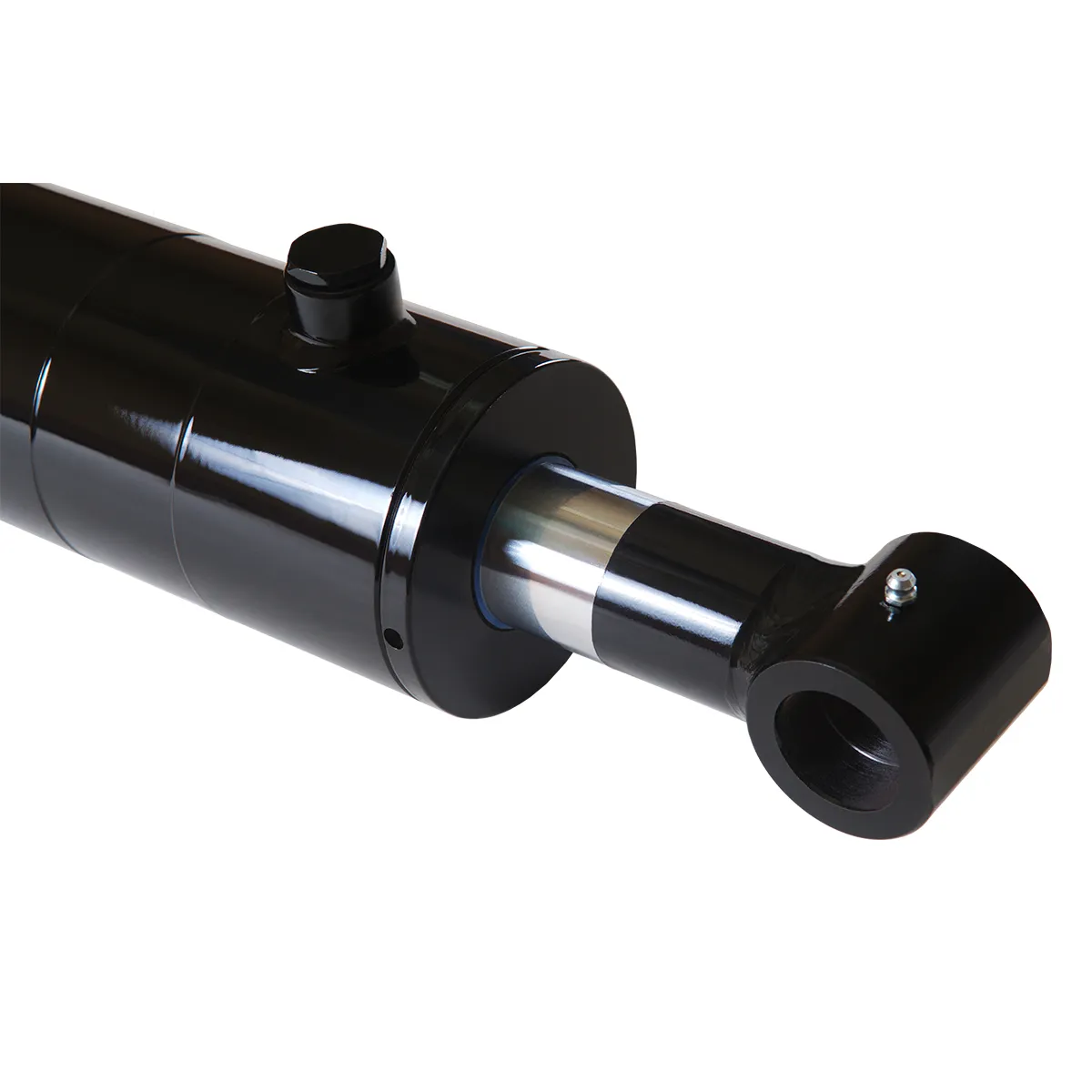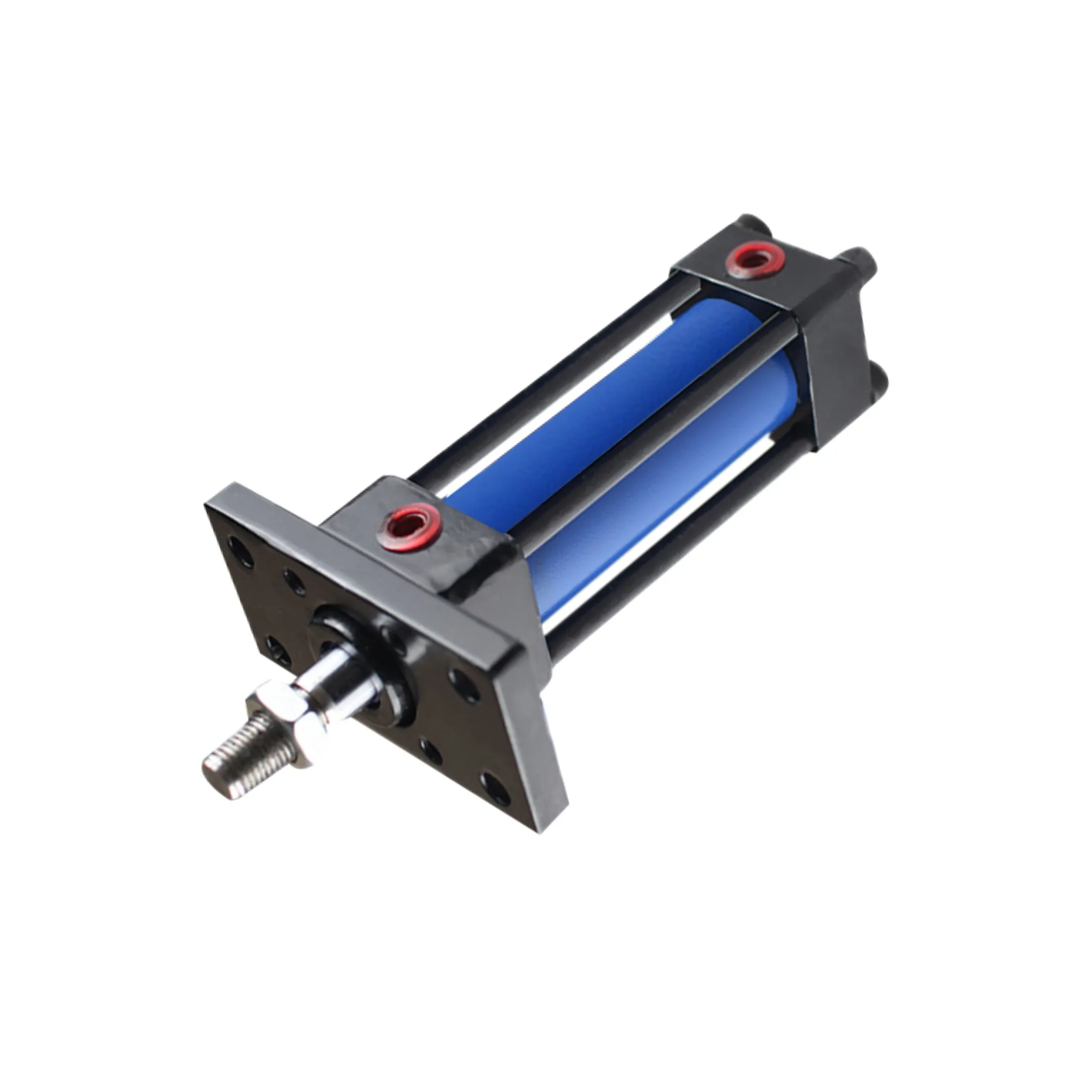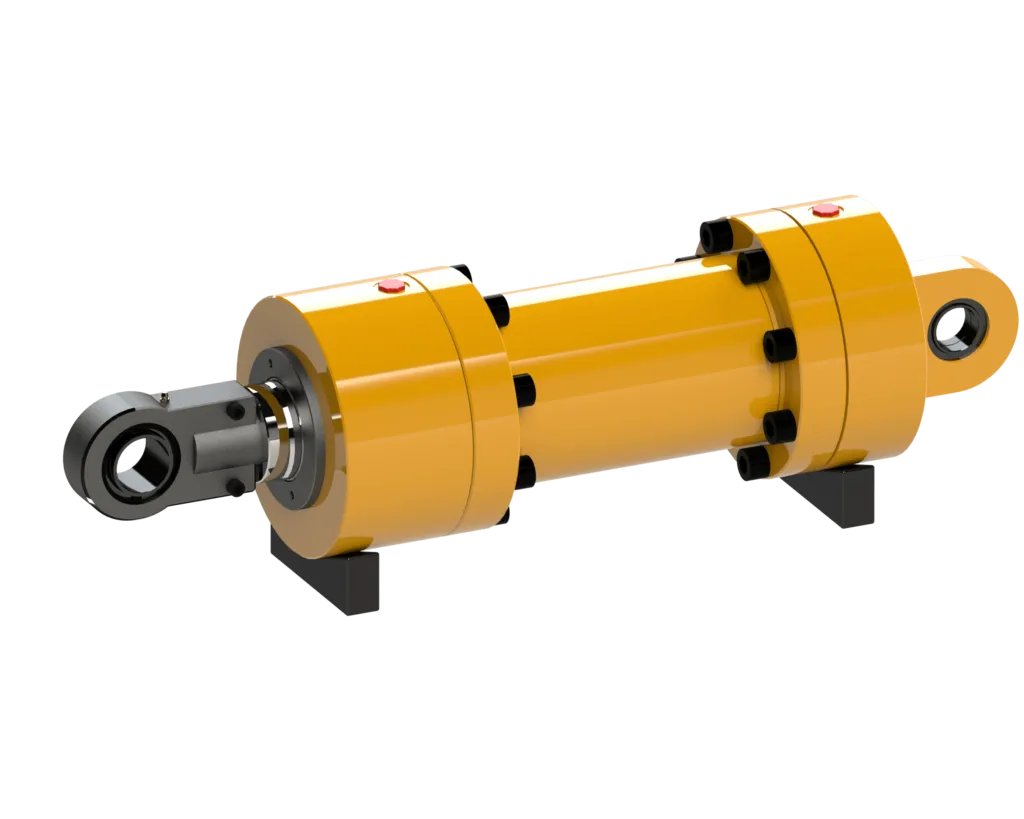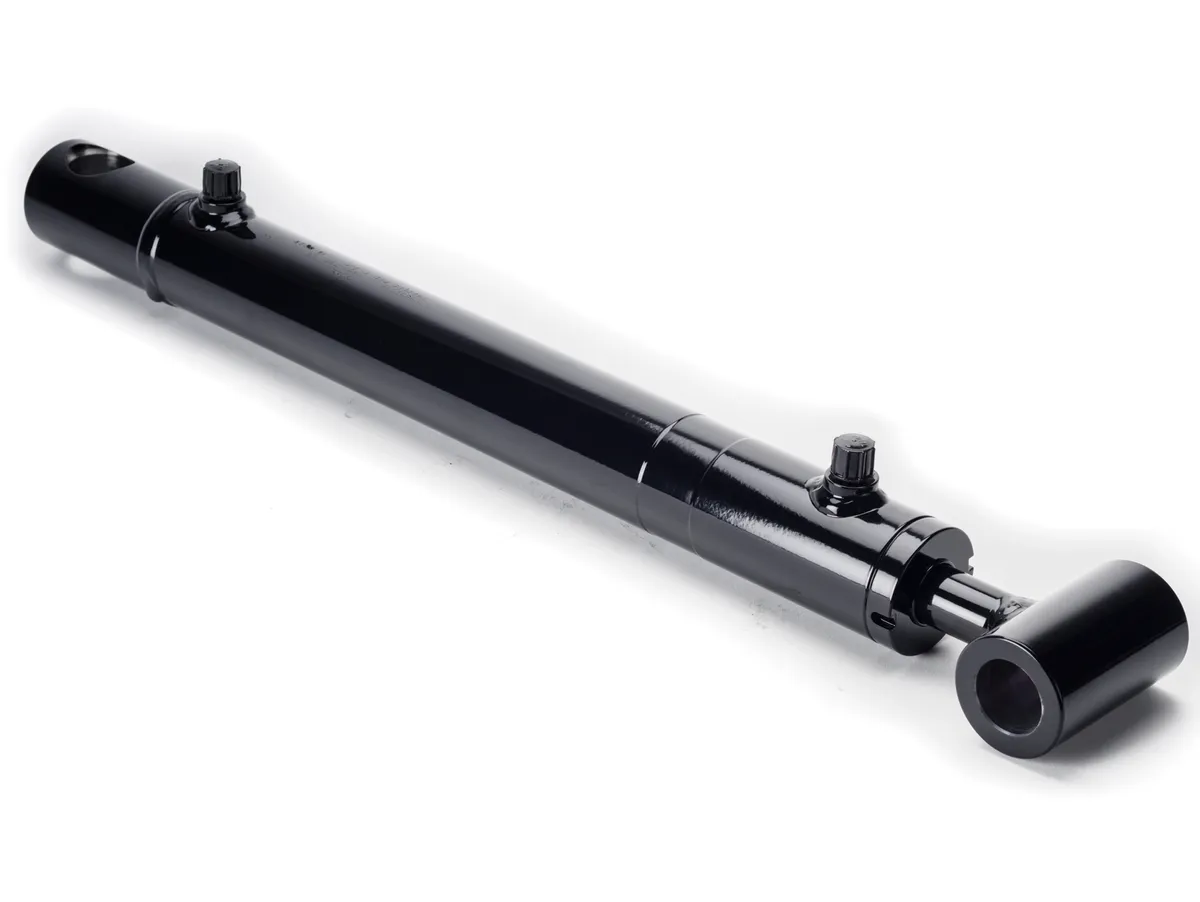
The Versatility of Single-Acting Telescopic Hydraulic Cylinders in Aerospace and Defense
Understanding Single-Acting Telescopic Hydraulic Cylinders
In the realm of hydraulic systems, a single-acting telescopic hydraulic cylinder stands out as a unique and versatile component. This specialized cylinder is designed to provide unidirectional force in applications where space is limited and precise movements are crucial.

Design Principle and Composition
The single-acting telescopic hydraulic cylinder consists of multiple stages that collapse into each other, allowing for compact retraction and extended reach. The design includes a cylinder, piston rod, seals, and hydraulic oil, all carefully selected for compatibility and efficiency.
Telescopic Joint Description
The telescopic joint comprises internal and external stages that work together to extend and retract the cylinder smoothly. Each stage is meticulously engineered to ensure optimal performance and durability.
Working Principle and Advantages
During operation, hydraulic fluid flows bidirectionally to facilitate controlled extension and retraction movements. The independent action of extension and contraction provides precision and flexibility in various applications.
Types and Configurations
Single-acting hydraulic cylinders come in three distinct types and configurations, each tailored to specific operational requirements. From standard to custom designs, these cylinders offer a wide range of options for diverse needs.
Internal Components and Multistage Structure
Exploring the architecture of single-acting telescopic cylinders reveals intricate internal components that enable seamless operation. The piston and chamber design, along with specialized sealing and guiding mechanisms, ensure reliability and performance.
Advantages of Single-Acting Telescopic Cylinders
1. Precise Positioning: Achieve accurate movement control for intricate tasks.
2. Force Generation: Generate substantial force for demanding applications.
3. Stability and Rigidity: Maintain structural integrity under varying loads.
4. Responsiveness: React promptly to changing operational conditions.
5. Durability: Withstand harsh environments and prolonged use with minimal maintenance.
Industrial Applications
1. Material Handling: Forklifts, cranes benefit from the precise control and strength of single-acting telescopic cylinders.
2. Aerospace and Defense: Overhead lifts, excavators rely on the stability and reliability of these cylinders for critical operations.
3. Agricultural Machinery: Loaders, balers use the force-generating capabilities of these cylinders for efficient performance.
4. Special Equipment: Custom applications leverage the versatility and durability of single-acting telescopic cylinders for specialized tasks.
Selection Considerations

1. Size Range and Stroke Length: Choose the appropriate dimensions for the intended application to ensure optimal performance.
2. Material Selection: Select high-quality materials for longevity and efficiency in demanding environments.
3. Integrated Functions: Consider additional features such as buffering and position sensors to enhance functionality and safety.
Maintenance Tasks
1. Regular Inspection: Check seals, bushings, and parts for wear and tear to prevent malfunctions.
2. Hydraulic Oil Maintenance: Monitor fluid levels and quality to ensure proper lubrication and performance.
3. Contamination Control: Implement measures to prevent debris and contaminants from affecting cylinder operation.
Installation Steps
1. Secure Mounting: Ensure the cylinder is properly installed and secured to prevent misalignment or instability.
2. Hydraulic Connections: Connect hoses and fittings correctly to maintain fluid flow and pressure integrity.
3. Testing and Calibration: Validate operation and adjust settings as needed for optimal performance.

Fault Diagnosis and Solutions
1. Leakage Issues: Identify and address leaks promptly to prevent fluid loss and system damage.
2. Insufficient Force: Troubleshoot power inconsistencies to restore proper functionality and force output.
3. Unstable Motion: Address instability factors to ensure smooth and reliable cylinder operation.
Safety Standards and Regulations
Adhering to safety standards is paramount in aerospace and defense applications. Overload protection and emergency shutdown mechanisms are critical features to prevent accidents and ensure operational safety.
